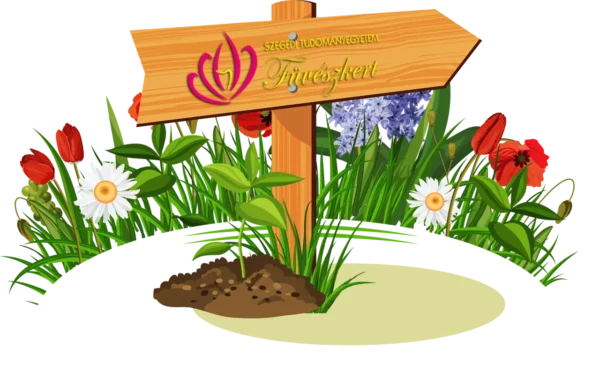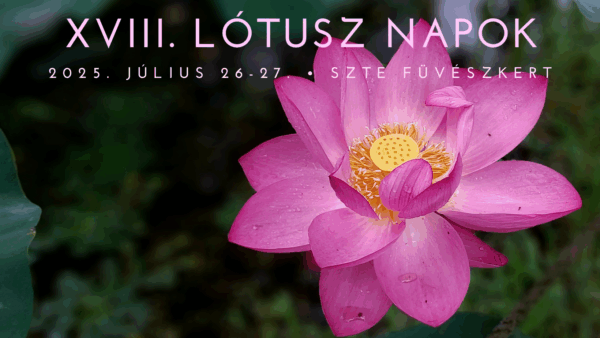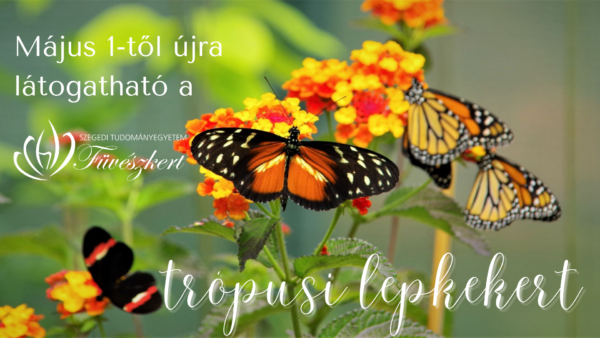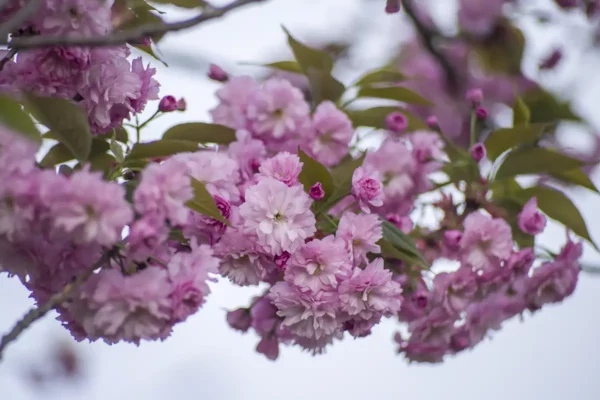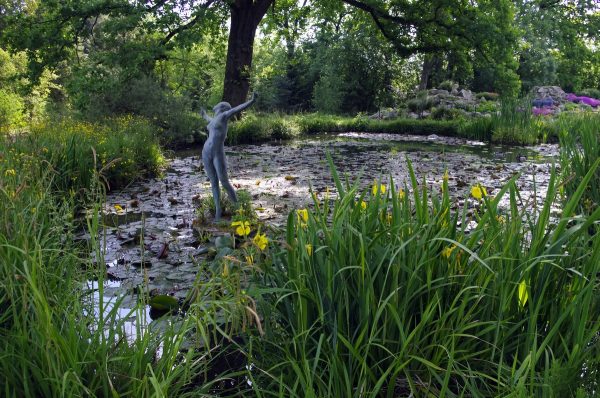Why should I help the "wild animals"?
The size of natural habitats on Earth is decreasing, and native wildlife is shrinking everywhere. In the course of his environmental shaping activities, man often with his will, sometimes without his will, strongly changes the living world of the landscape.
The part of the flora and fauna that once lived on the site of our settlements, which is unable to adapt to the changed conditions, disappears from the area. Their place is taken by new species, some of which are less desirable (just think of the wandering rat or wormwood), while others we welcome or install ourselves.
If we take into account the needs of the local wildlife when planning and planting a garden, or if we want to help the establishment of new species, then the arthropods, frogs, lizards, birds, and hedgehogs that move in after creating favorable conditions for them can have many pleasant moments.
How do we get started?
When planning an "average" garden, we primarily take into account manageability, easy sustainability or utility. It's worth including some animal-friendly aspects, especially since most of them don't cost us a lot of energy or extra money!
Let's try to make the garden diverse! Let's not just think in terms of lawn and a hedge, but try to dream up a garden as "wildly romantic" as possible! Next to the vegetable garden, leave the nettles in a secluded corner (the food plant for the caterpillars of many of our daytime butterflies), do not mow the grass and other flowering herbs every week!

Diversity helps here too!
Let's try to plant as diverse plant compositions as possible in the garden (taking environmental factors into account, of course)! From the trees, we can choose several fruit trees, shade-giving, larger ornamental trees, and evergreens that provide protection even in winter! Shrubs that bloom in spring and ripen in summer and autumn provide an excellent treat not only for us, but also for many birds, and their decorative value is also significant.
If the flower beds are carefully planned, planted with the right plants and cared for properly, from spring to late autumn, they host nectar-choking butterflies and bees that help pollinate our fruit trees.

We don't have to give up a beautiful, mowed lawn, as there are many grass seed mixes that include the seeds of already flowering dicotyledons. Our job is even simpler if we don't want to exterminate the stubbornly appearing daisies, dandelions, veronica species or the round reeds from the existing lawn at all costs. These wildflowers help provide bees with food from early spring and, with proper mowing and watering, they bloom almost throughout the entire vegetation period.
And with some effort...
Many garden design elements, which are still fashionable today, not only please our eyes, but also perfectly meet our animal-friendly goals. If we still have time, energy and a bit of money to beautify the garden, let's do it by creating elements that will also help our future co-tenants settle in!
A well-made, properly placed and planted rock garden provides shelter for many lizards, frogs and arthropods. And these residents can keep some of the pests in our vegetable garden under control.
The ever-increasing popularity of herb and herb gardens, lavender beds, and constantly blooming perennial beds are excellent butterfly attractors and bee pastures, and in addition to their beauty, they are real decorations for our garden.
Although building a garden pond is neither simple nor cheap, it offers many opportunities to attract animals to your garden. Birds can drink freely from the water surface all year round, it is an excellent breeding ground for amphibians, and we can also expect the settlement of many interesting arthropods bound to water. And by planting the right aquatic and marsh plants, our garden can be so beautiful that we can always find something to look at when we stop at its shore.

If we really want to help the settlement of certain animal species in a targeted way, we can also purchase animal protection equipment, or we can make them ourselves with a little skill and determination. Artificial birdhouses and bird feeders are known and used by most people. Making a wasp garage and an insect hotel shouldn't be too difficult, and putting together a hedgehog shelter isn't too complicated either. Acquiring them is much easier than making artificial swallow nests, but anyone can manage to put them out. Making bat bars is no more complicated than making a birdhouse, but installing them at the right height is difficult.

All in all, it can be said that those who design their garden with animal-friendly aspects in mind, and monitor the activities of the new residents, will not only have something to do in the garden, but can also gain a lot of new knowledge and experiences. Not to mention that children's environmental education should not start in school or kindergarten!



